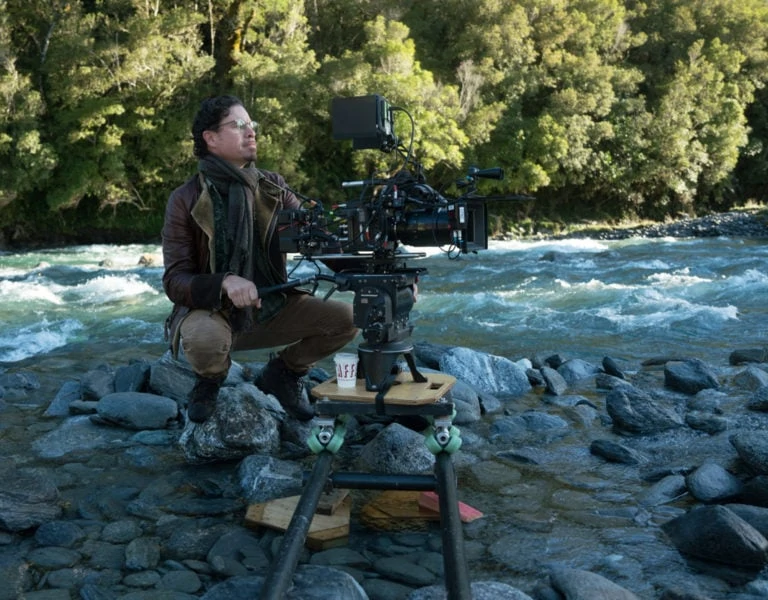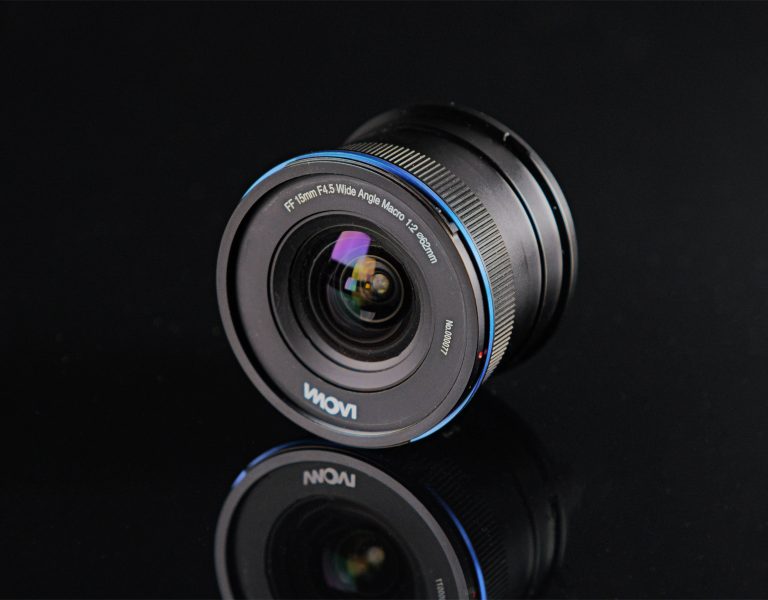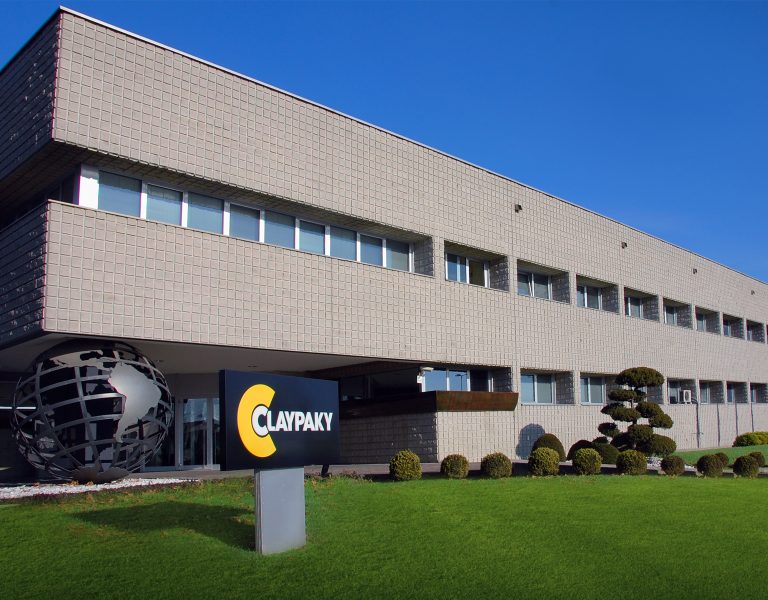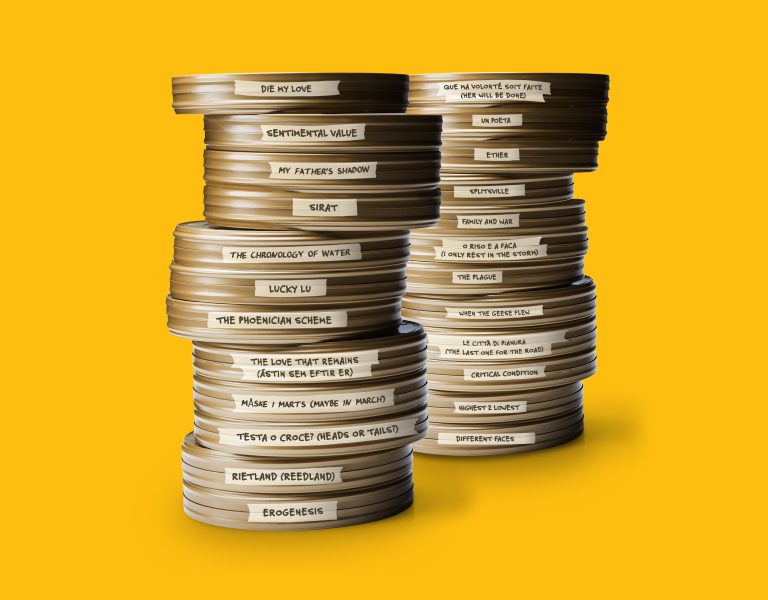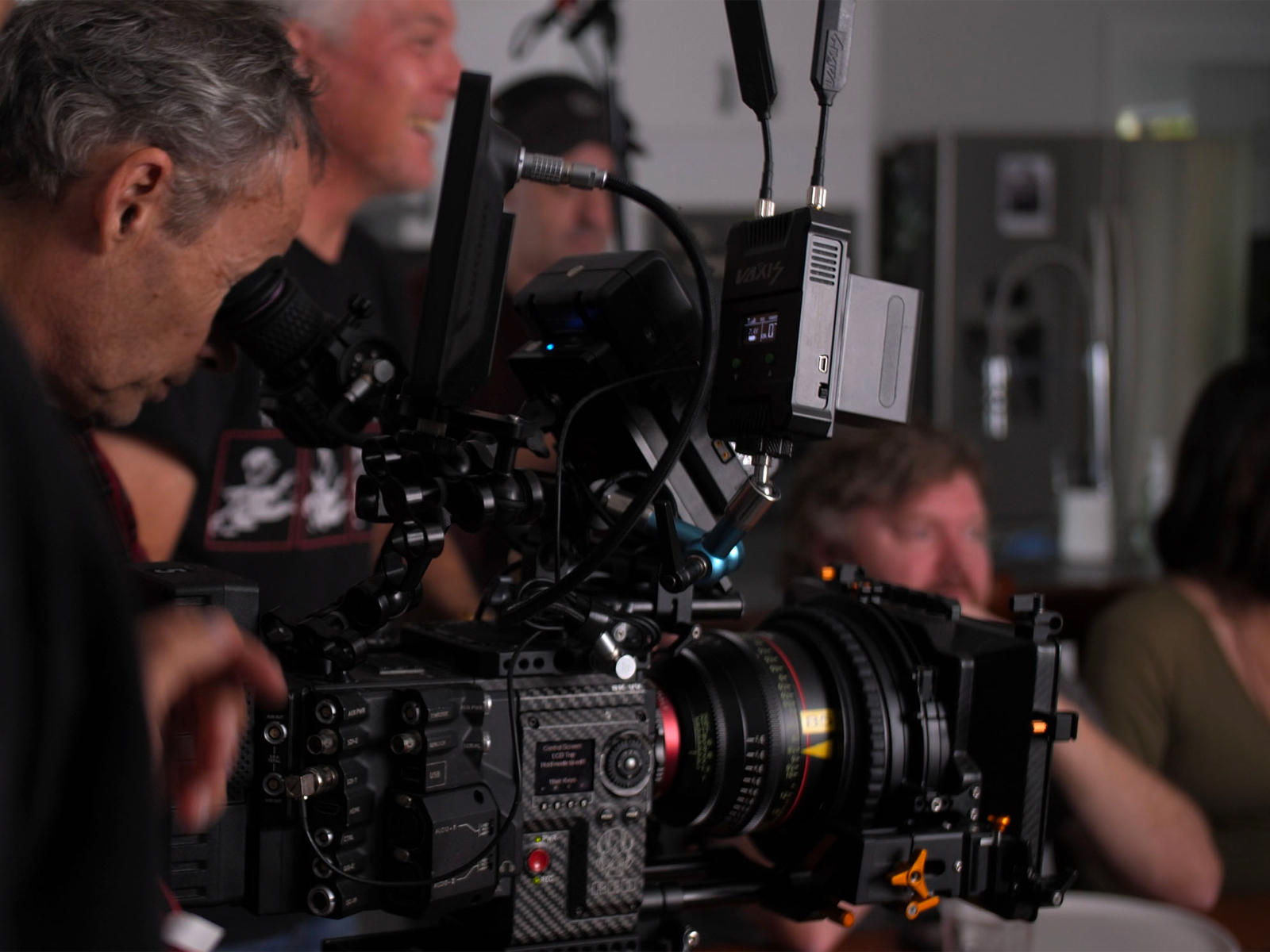
Words by Tom Gleeson and Ben Allan ACS CSI
–
The ACS Technology Committee recently released the results of its detailed investigation into HDR and the associated standards to a packed event at ACS HQ in Sydney.
It is easy to form the misconception that HDR or High Dynamic Range is just another in a long line of annoying features on consumer TV’s but in the case of HDR, nothing could be further from the truth. The video also looks at how display technology is changing and the roadmap for the future of both mastering and delivery of our images through the coming decades.
Nearly three years ago, the Tech Committee started looking into the issue of HDR at the suggestion of Netflix and Panavision, who were both keen to build industry awareness and proficiency for HDR. As the Tech team studied HDR, it quickly became apparent that this was more than a feature for increased brightness, but rather an entire framework for creating and displaying moving images into the twenty-first century.
The Rec.709 standard that we are all familiar with was developed in the 1990’s as a High-Definition version of the Rec.601 standard for Standard Definition analogue TV. As a result, Rec.709 is still directly tied to the capabilities of the cathode ray tube (CRT) monitors and televisions of that time, while modern digital display systems are increasingly capable of more brightness, contrast, and colour gamut. The collection of HDR standards under the Rec.2100 umbrella give us the best framework yet for preserving the integrity of the moving images we create now and into the future.
One of the most significant aspects of HDR is the inclusion of metadata. This is information that can be encoded by the image authors into the video stream and can be read by the consumer display. This metadata can be used to create a tone map that considers the abilities and limitations of each individual display to recreate the image more accurately. Up till now all the efforts of cinematographers, colourists and film makers faced an uncrossable chasm between their final master and the playback on a consumer’s device. The thousands of hours of work and carefully crafted images were often lost by poorly setup consumer televisions and displays. For the first time metadata creates a bridge and a direct line of communication from the grade suite to HDR enabled home displays.
After several false starts due to the pandemic, the ACS Tech Committee was able to arrange a test shoot to gather high quality material specifically for testing the capabilities and options of the HDR standards and workflows. The test shoot helmed by Toby Oliver ACS served two purposes. Firstly, it provided an opportunity to compare the experience of monitoring in HDR and traditional SDR on set. The second objective of the test shoot was to generate footage in a controlled and quantifiable way that could then be used to test different workflows and options for HDR in post-production.
Feeding into this post workflow test was the short film “Handled” which was shot by Tom Gleeson in the lush setting of Sydney’s famous Marble Bar providing a rich source of visuals to explore pushing the HDR envelope.
In the video we graded our footage with two senior colourists looking at alternate grading workflows and we discuss some of the pitfalls and advantages for cinematographers in working within the sometimes complex HDR space.
To be clear, it is the ever improving display technologies from manufacturers that are driving the increasing capacity for brightness and colour. If you master your work to SDR (Rec 709 with its 100 nit brightness) When viewed by the consumer on their TV it will brighten the image up to that capacity of that set which could be 1000 or even 2000 nits. The same project finished in HDR can take advantage of the TV’s improved colour gamut and the content creator via metadata can tell the TV exactly how bright the highlights should be. If you set your highlights at 800nits they will play at 800 nits even on a 2000nit Displays. If the consumer’s set can only show 600nits then HDR standards allows for the image to be appropriately tone mapped to that displays ability. The new HDR standards are a response to the abilities of modern displays and are designed to both leverage and control them. Without the new HDR standards it is the TV manufacturers who are dictating the final look.



